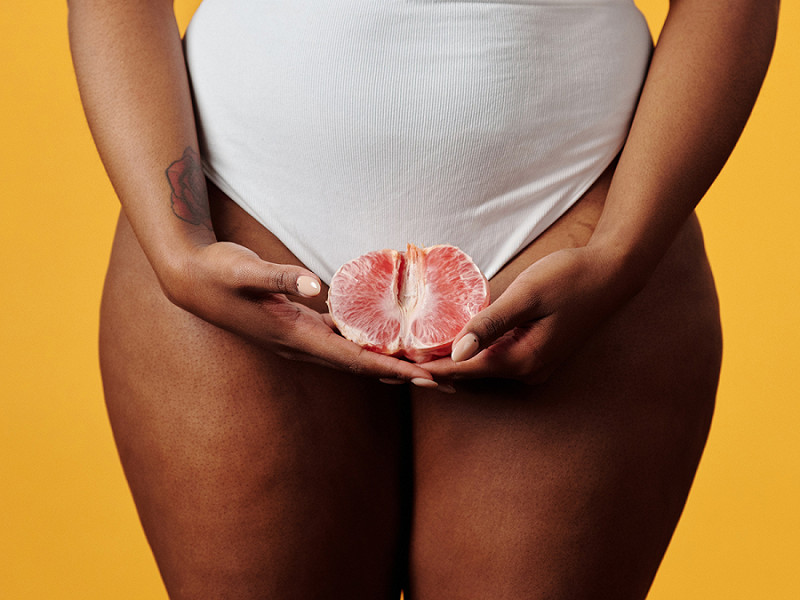Female genital mutilation in Kenya, despite criminalization
Female Genital Mutilation (Fgm) is a forced practice that many girls and women in Kenya are presently undergoing.
The particular intention to focus this article on Fgm is credited to the judgment of a recent case.
On January 11, 2023, a 50-year-old Narok man, Saigulu Ololosereka, was sentenced to life in prison for defiling and marrying a 9-year-old girl. The victim was discovered to have undergone Fgm before she underwent a caesarian session when giving birth.
Even more recently, an emotion-evoking video showed a 40-year-old Narok man being arrested for marrying a 12-year-old girl. This matter was reported by the medical staff at Narok Referral Hospital when the victim lost her newborn baby due to complications. It was discovered that she was married off to the man after undergoing Fgm at the age of seven.
Several questions come to mind, such as “What if this happened to me?”, “What if this was my sister?”, “What if this was my daughter?”.
What would you do then to make a difference?
Nevertheless, knowledge is the foundation of all advocacy projects. It is therefore important for you to understand the below-discussed history and recent criminalization of Fgm in Kenya. This article further provides how Fgm is still ongoing despite such criminalization.
History of Fgm in Kenya up to its recent criminalization
Fgm’s history dates over 2000 years back and is evident in ancient Egyptian mummies. It is believed to have begun independently in some communities of Sub-Saharan Africa. For example, Fgm in Kenya historically emerged as a cultural rite of passage to womanhood. This was especially prevalent in the pre-colonial era when an individual in Kenyan society was governed by the African Customary Law of their tribal community.
The Fgm National Group states that in many of the Fgm-practicing communities, the women believe that if it is not conducted, then their daughters will not get a husband — a crucial aspect for social and economic survival for women at the time (and today in some rural communities). As such, this is why Fgm is also closely linked with the prevalence of early forced marriages.
Today, researchers credit the need for control of women’s sexuality as a reason for Fgm practice.
It is important to note that Fgm is illegal in Kenya by virtue of the Prohibition of Female Genital Mutilation Act (No. 32 of 2011). If found guilty, a person may be sentenced to life in prison, imprisonment for a minimum of six months, and a fine. The crimes range from either directly committing the act or aiding and abetting through procuring the instruments, providing the place, failing to report the offense to even using derogatory language intended to abuse a woman regarding her FGM practice undergone or failure to have undergone it.
Even so, outlawing Fgm has driven it underground. The United Nations International Children’s Emergency Fund (Unicef) notes that 547,000 Kenyan girls are at risk of undergoing Fgm between now and 2030 due to ongoing underground operations.
The criminalization of Fgm has led to its medicalization, meaning that it is now conducted by medical practitioners and, thus this makes it “safer” or a “medically acceptable method” since male circumcisions are conducted this way. This is wrong. In actual reality, Fgm has no medical benefits and has several physical and mental health risks for its victims, including chronic reproductive genital and reproductive tract infections, the transmission of Hiv, childbirth complications, and post-traumatic stress disorder, just to name a few.
15% of women and girls in Kenya have actually undergone Fgm by a medical practitioner who often colludes with their parents to circumvent the law. This is why the Prohibition of Female Genital Mutilation Act expressly states that even medical practitioners and midwives can be found guilty of committing this offense.
An example of such medicalization was seen in a 2021 Constitutional Petition filed by Dr. Tatu Kamau, a medical practitioner pleading with the High Court at Nairobi to declare the law banning Fgm as unconstitutional. The petitioner was of the view that banning Fgm denied willing adult women from accessing the highest attainable standard of health according to Article 43 (1) (a) of the Constitution of Kenya. He additionally contended respecting their culture as per the Universal Declaration of Human Rights.
Nonetheless, the High Court’s analysis found that there is an assumption that women above 18 years of age voluntarily consent to Fgm. This is not the case as women are seen to be as vulnerable as children are, whereas they undergo social pressure from their families, clan, and communities to either undergo the procedure or be ostracized. Over and above, the High Court acknowledged that Fgm victims indeed suffer serious health consequences as a result of the procedure.
We need more active national measures to combat and eradicate Fgm
The Kenyan Judiciary and local community efforts appear to work tirelessly on their quest to combat current Fgm practices and educate on its effects. Even so, we need more active measures to be put into place to end a long-standing cultural practice and the mentality instilled within Fgm-practicing communities in Baringo, Kajiado, Marsabit, Narok, Samburu, Turkana, and West Pokot.
Former President, Uhuru Kenyatta, made a Presidential Commitment to end Fgm by 2022. Now that we are in 2023, we can still see these practices are active. As an individual, you can offer financial, medical, and research support to local efforts. In spite of that, the current Kenyan Presidential administration must prioritize the eradication of Fgm for us to move forward as a society.
Alongside advocating for higher gender parity and gender mainstreaming, we must always remember that we have women and girls as young as 9 years old who are worried about undergoing and fleeing early marriages instead of focusing on education to contribute to the development of their communities.












